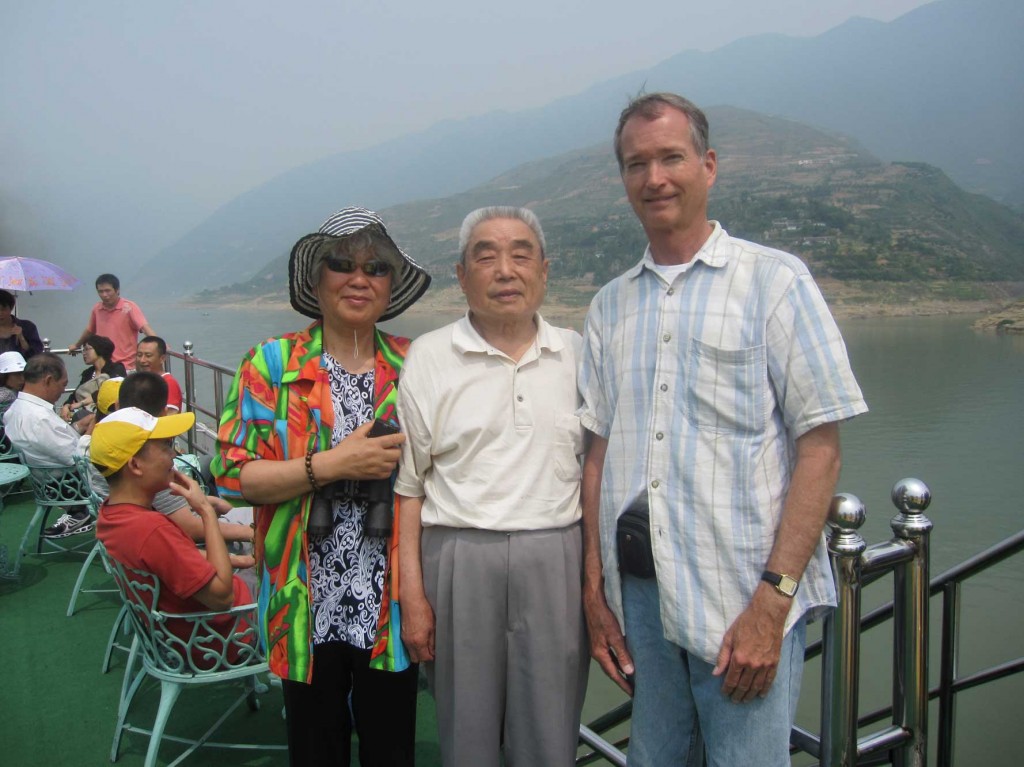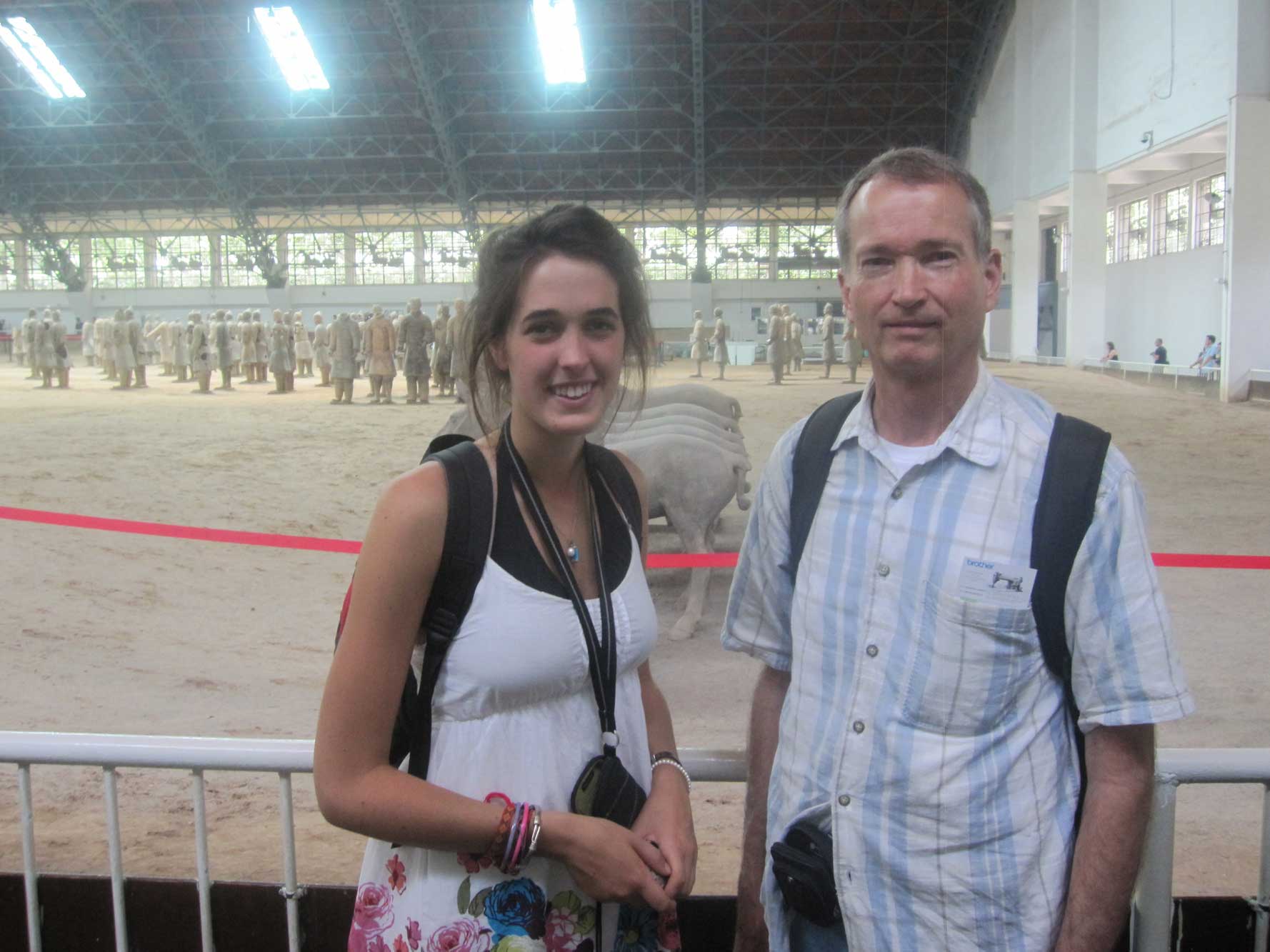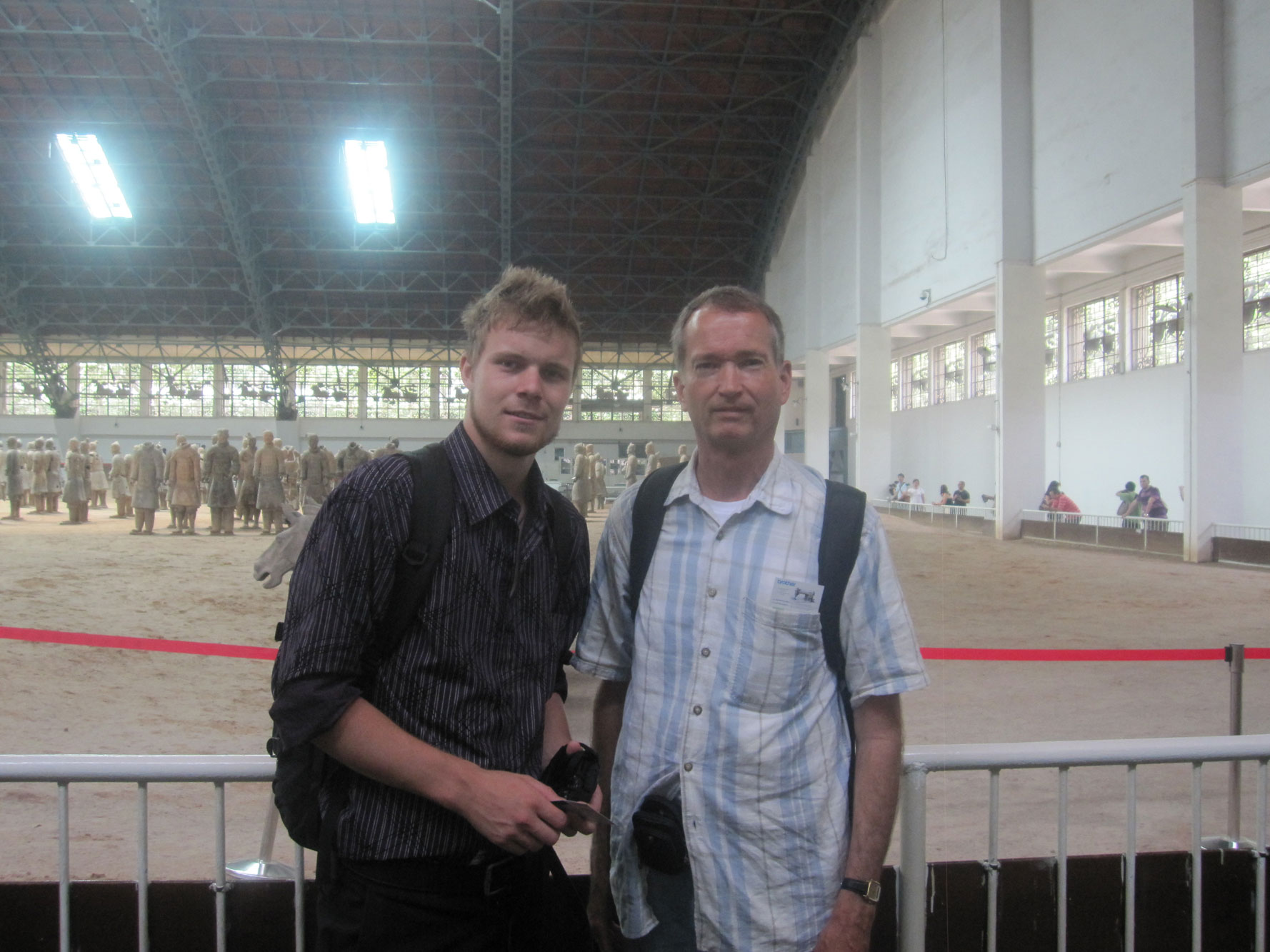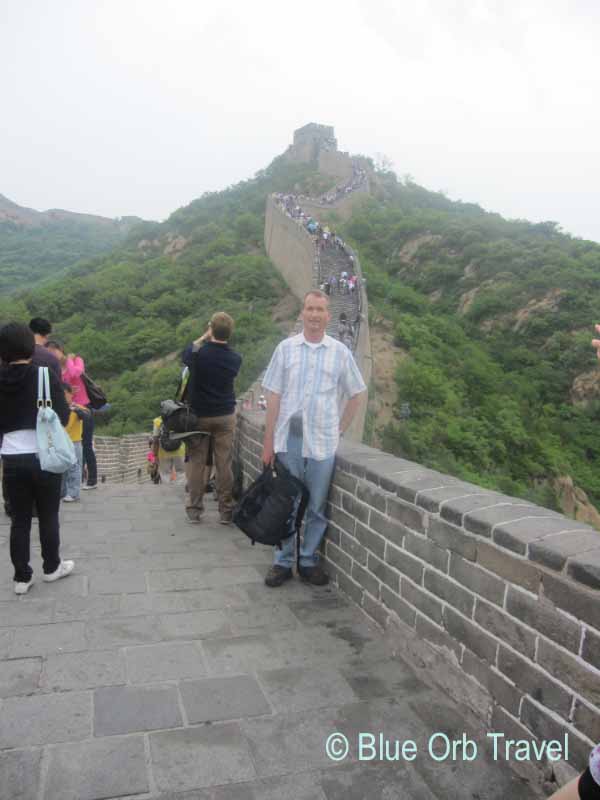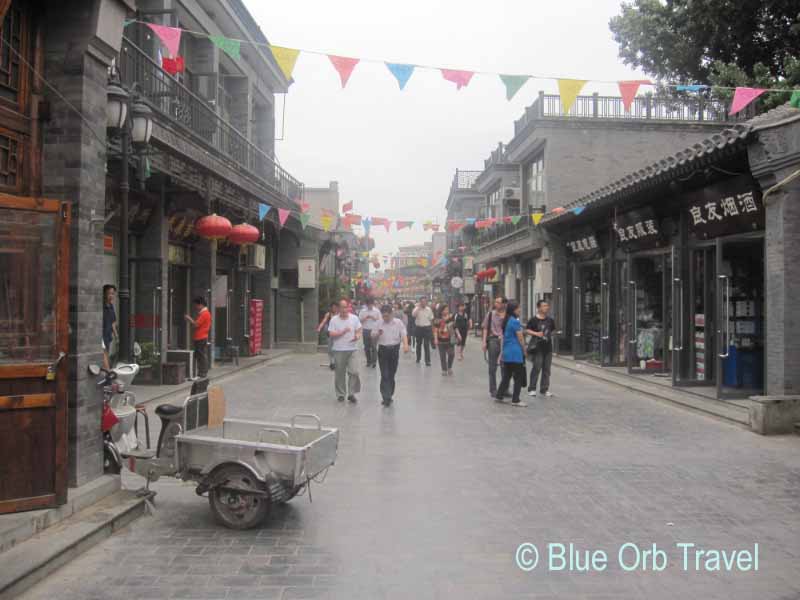On to Chongqing City
Chongqing City
This time I booked a ‘soft sleeper’ on the night train from Xian to Chongqing. The 12 hour trip cost the equivalent of forty US dollars and I felt safe and comfortable the entire time. One quickly learns the different types of seating available on the trains in China, listed here in order of increasing cost:
1) Hard Seat: the cheapest, but not for the faint of heart. Best way to really meet the locals.
2) Soft Seat: which I found very adequate on my trip from Beijing to Xian.
3) Hard Sleeper: has open bay carriages with 6 bunks, used by many backpackers.
4) Soft Sleeper: the way to go! Four bunks in a closed compartment with a mattress, clean sheets and pillows.
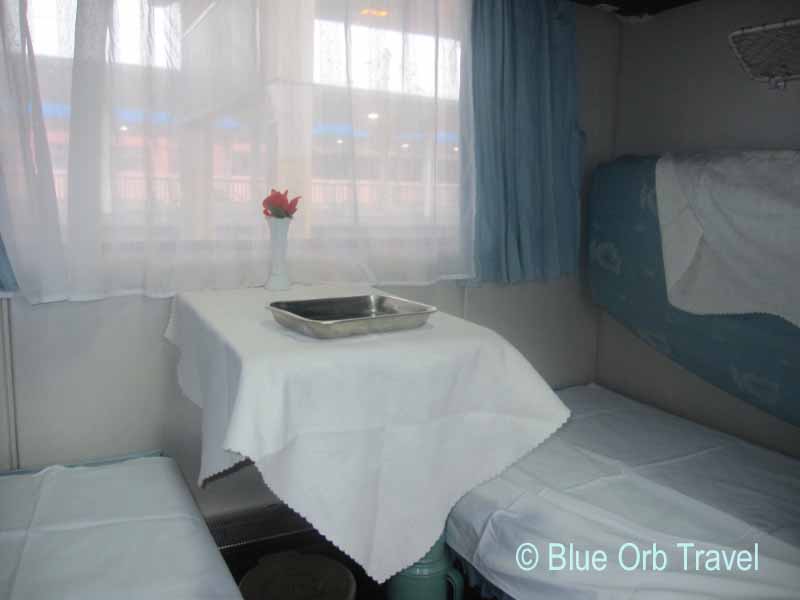
I actually felt refreshed when I arrived in Chongqing early the next morning. It was raining and since it is a very hilly city, I did something I rarely do. I took a taxi. For about $1.50 (and tipping is not expected in China) I got from the train station into town. Needless to say, I took a lot more taxis after that! A very pleasant lady taxi driver read the address written in Chinese characters from the Lonely Planet tour guide and delivered me directly to the hotel that I had picked out ahead of time.
The hotel was dark inside and I was soon told that all the electricity was out and they could not take any new guests. I strapped my backpack back on and headed up the street looking for more hotels, like I’ve done so many times before. But this turned out to be one of those fortuitous situations when what seemed like bad luck actually worked out in my favor. Just down the street I walked into the Hongyadong Hotel and got a first class room for the equivalent of $50.00! This turned out to be the stand-out hotel of my trip, which I will be featuring in a separate entry. I had a room with a balcony overlooking the river, a beautiful marble bathroom, elegant traditional Chinese furniture and a gourmet breakfast in the morning. And best of all, they had a travel agent at the hotel who was able to book me on a Yangtze River cruise the next day!
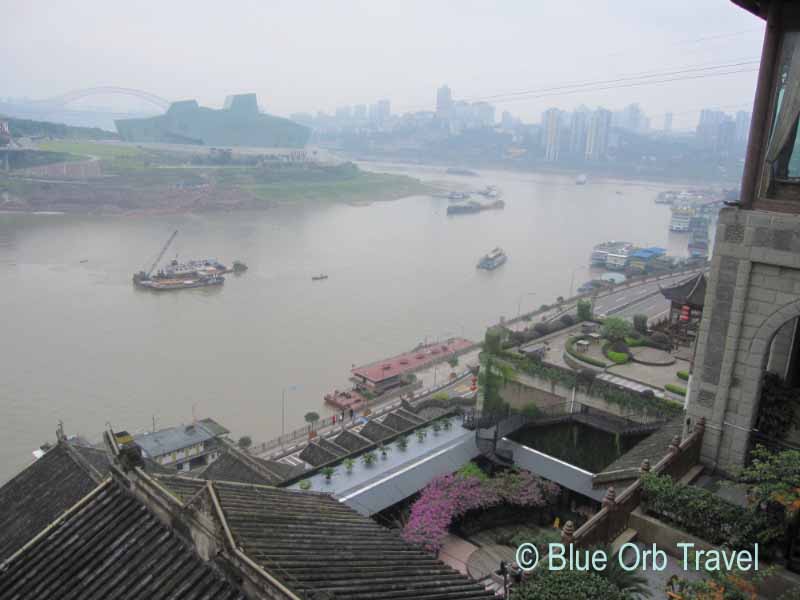
Chongqing is quite a beautiful city, built on the confluence of the Jialing and Yangtze Rivers. It is famous for its mountainous terrain and a local dish called hotpot, spiced with chilies. The neon-lit night skyline is quite impressive, especially when seen from the river. Historically, Chongqing was the headquarters for General Joseph Stilwell and the Kuomintang during World War II.
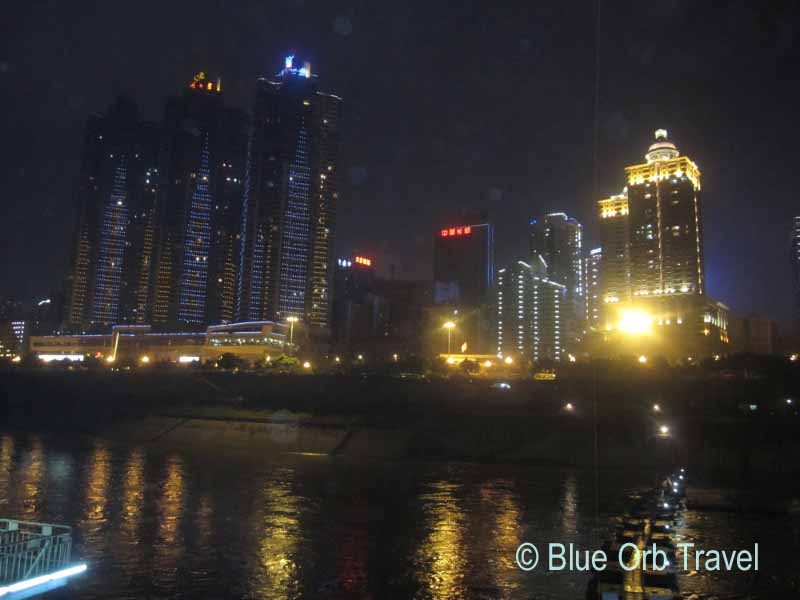
After getting settled in, I walked all over town, exploring the shops and small alleys and the promenade along the rivers. I came upon a Hostelling International hostel overlooking the river and went in to check it out. After showing my membership card, they let me use their computer to check email and write home…free! Another reason to join HI (see links)! Shop keeping is king in China and I made an interesting observation in Chongqing, which seemed to be the norm for cities throughout China. It seems that all the independent shops specializing in a specific item were grouped together on one street. The following photo shows what must have been ‘fan street’. Wish I had had more time to explore, but my cruise ship was leaving the next day.
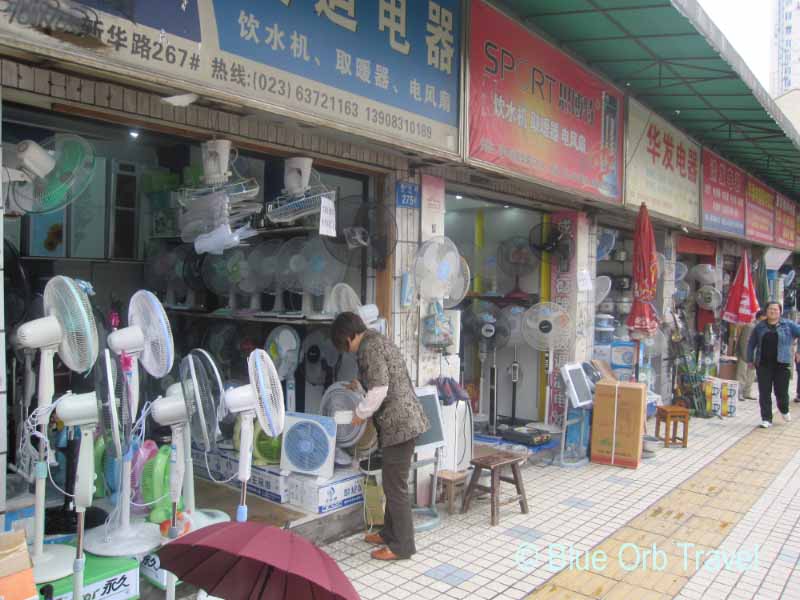
On to Chongqing City Read More »

